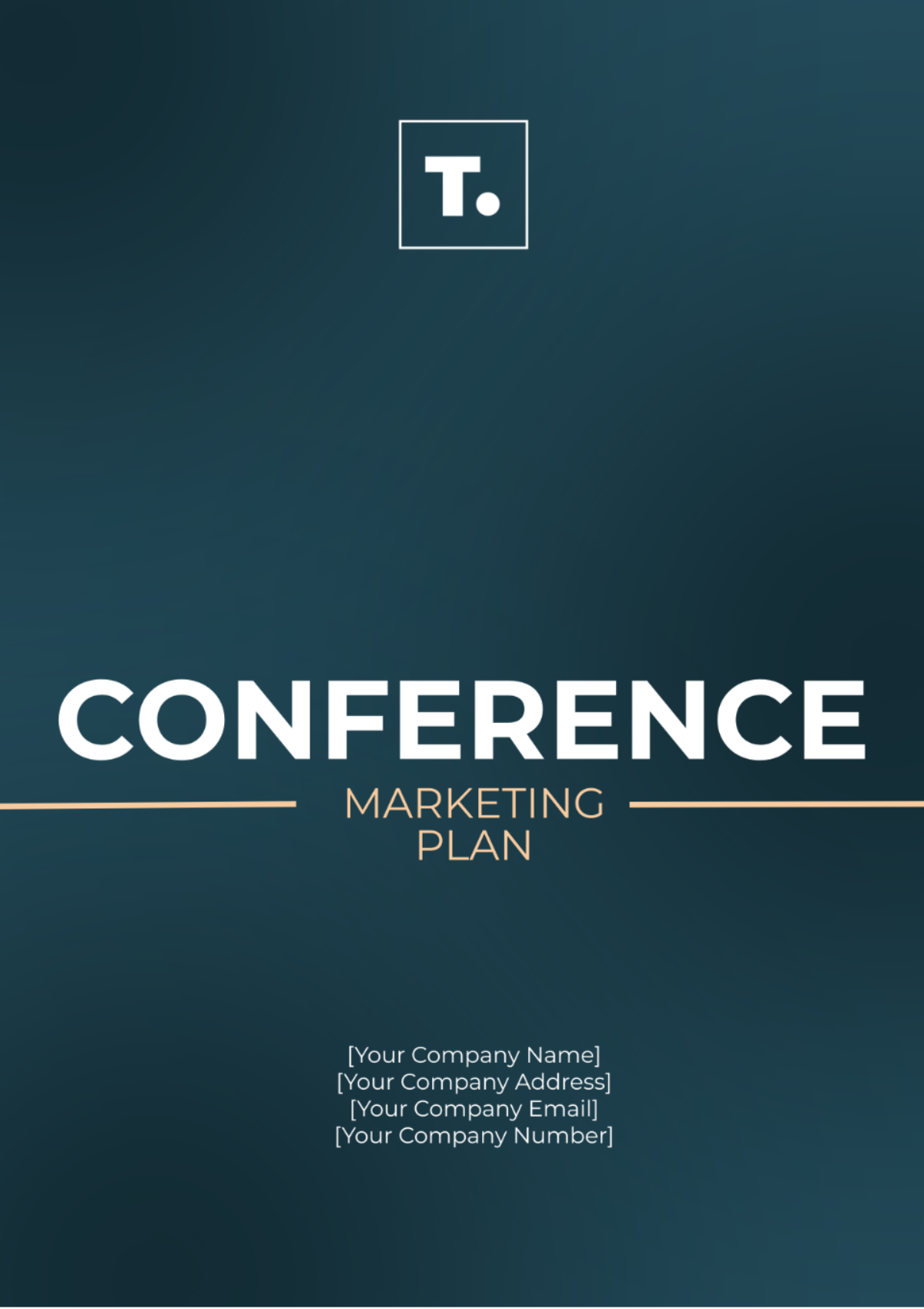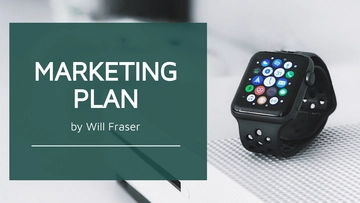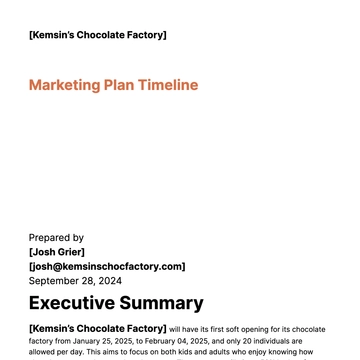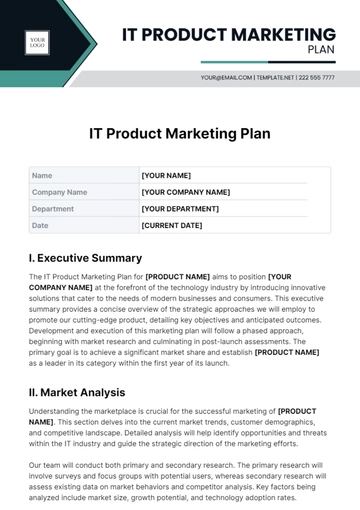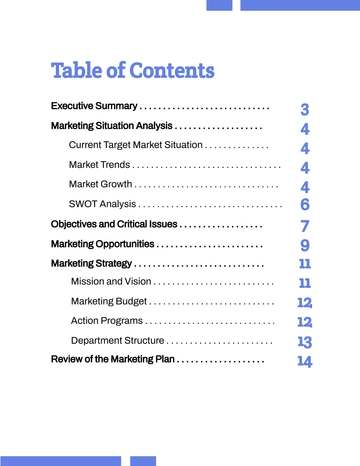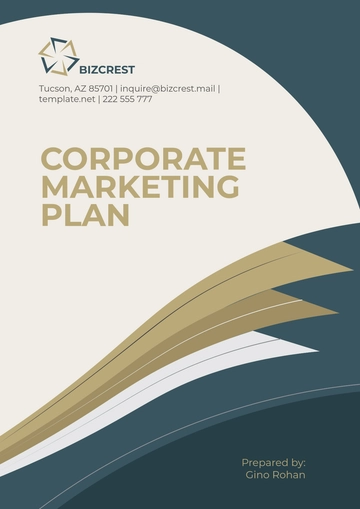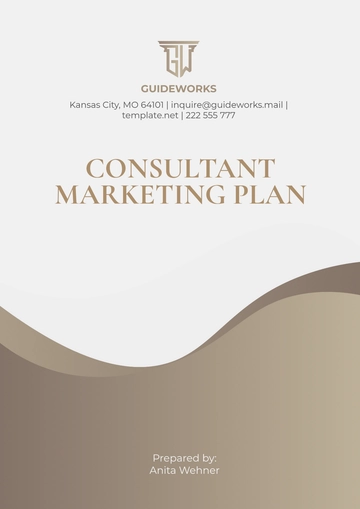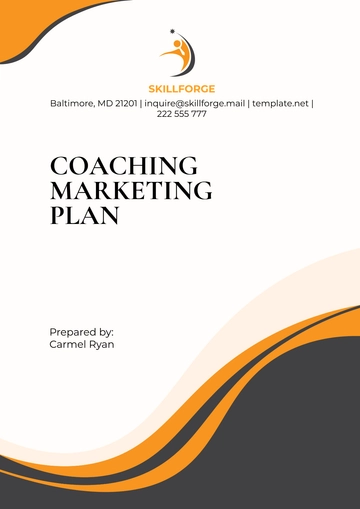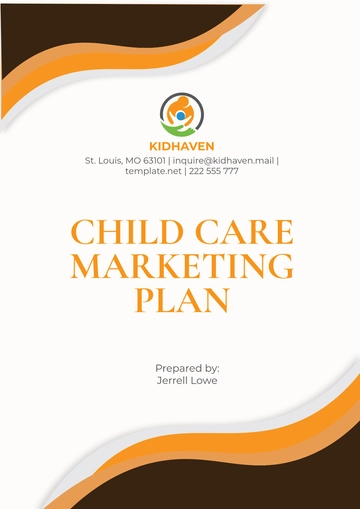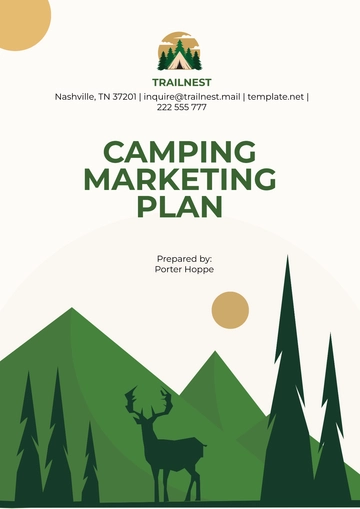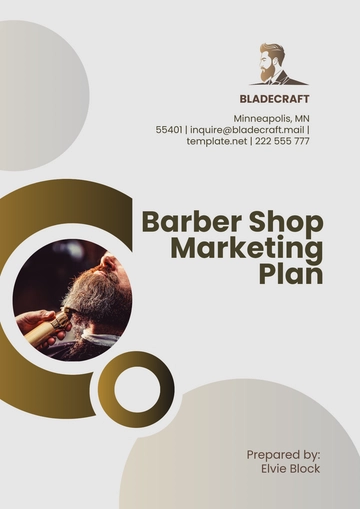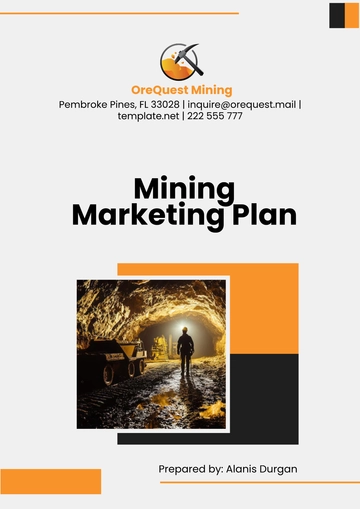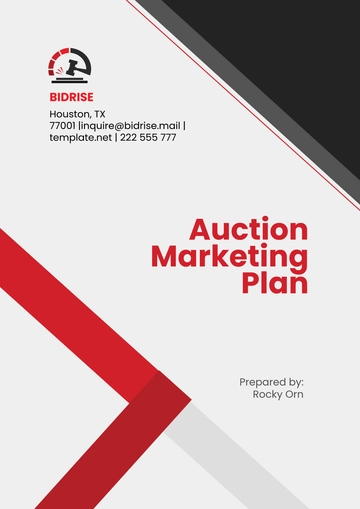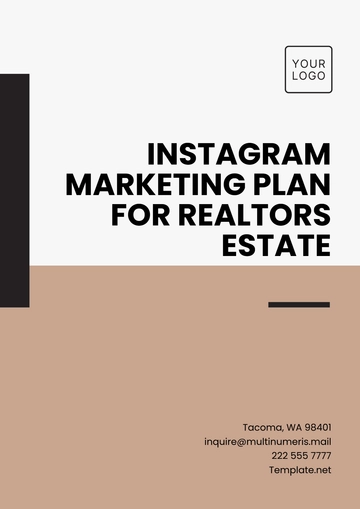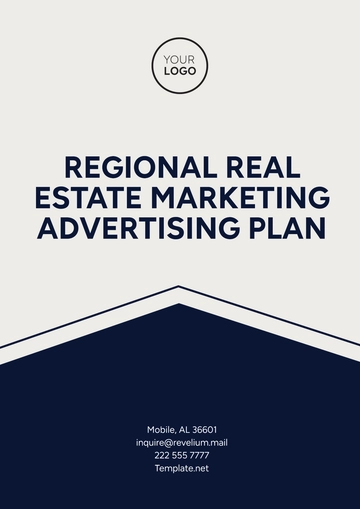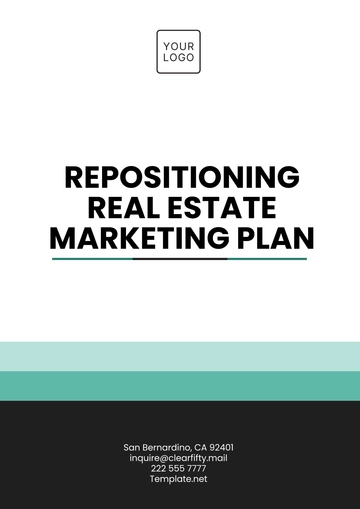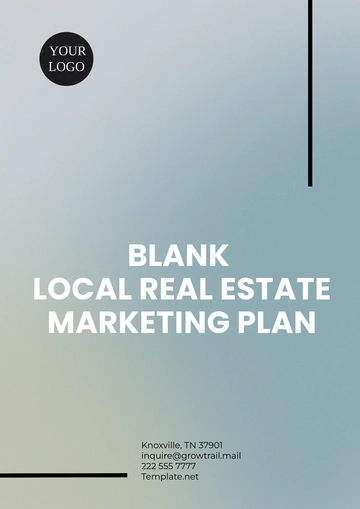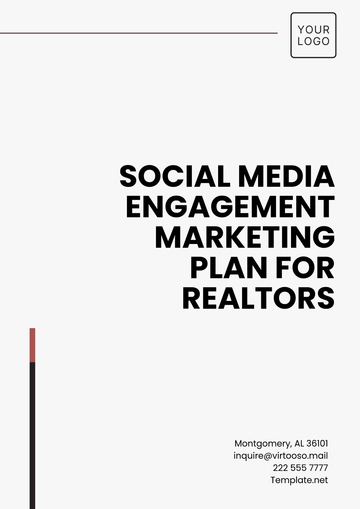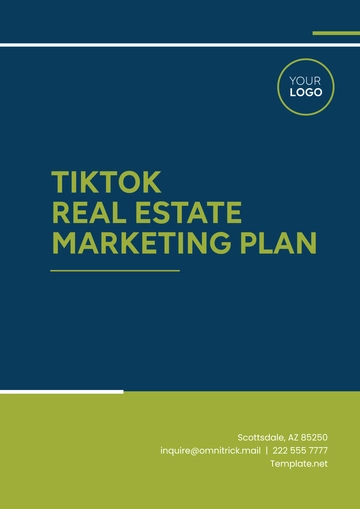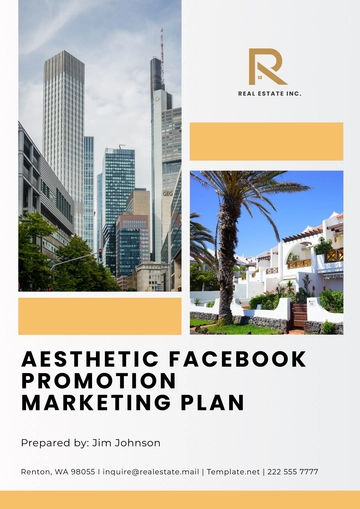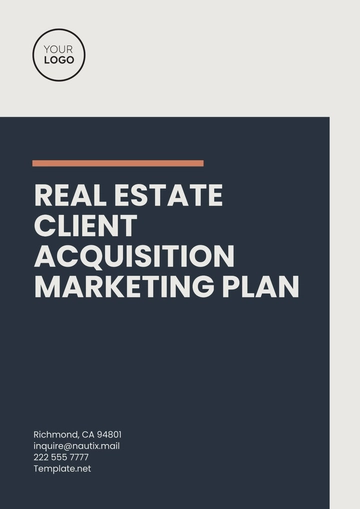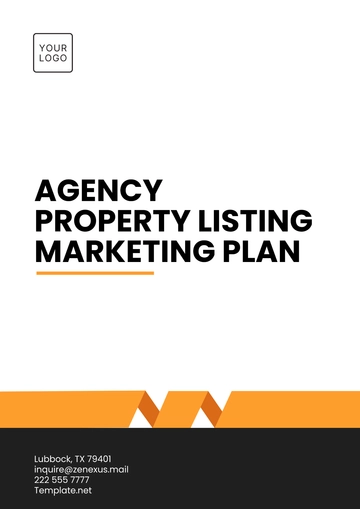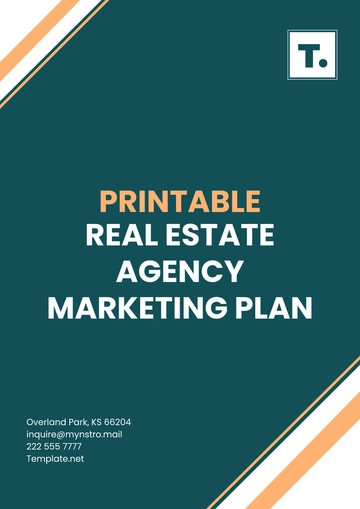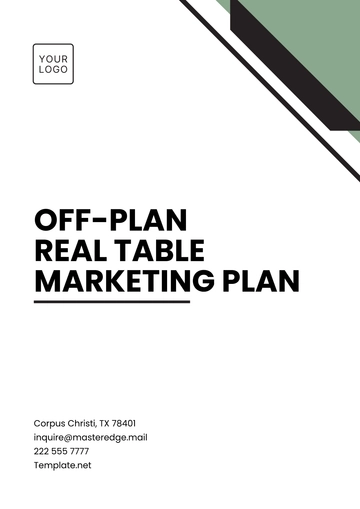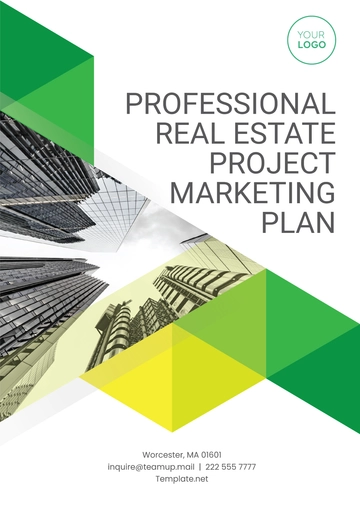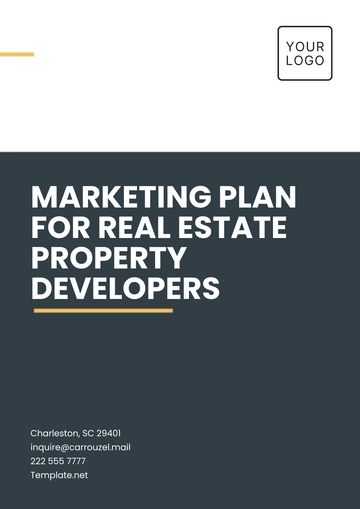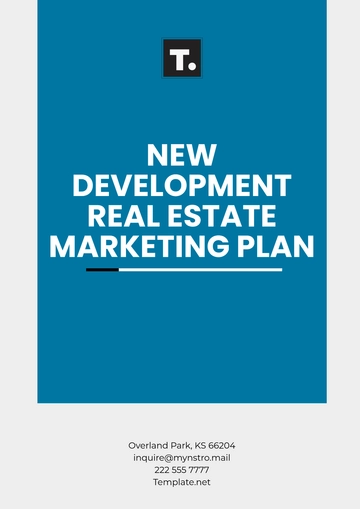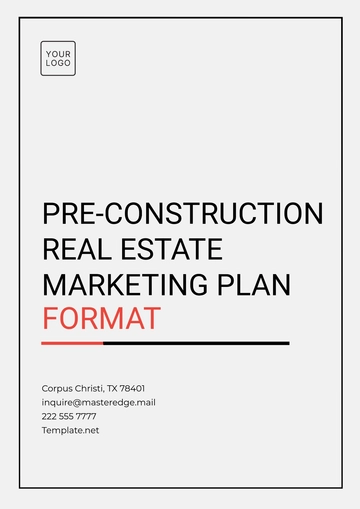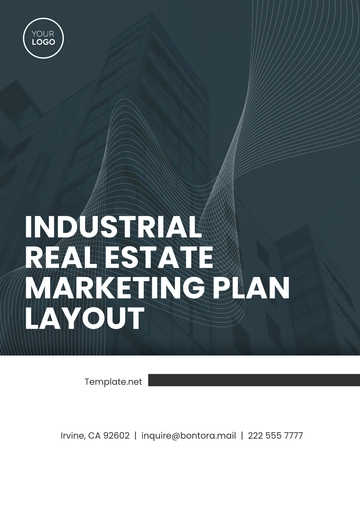Conference Marketing Plan
I. Executive Summary
The [Your Company Name] is a premier event bringing together industry leaders, professionals, and innovators in technology. Hosted by [Your Company Name], this conference aims to facilitate networking, knowledge sharing, and collaboration within the technology community.
II. Objectives
A. Primary Objectives
Increase conference attendance by [Percentage] compared to last year.
Enhance brand visibility and recognition within the technology sector.
Facilitate meaningful connections and partnerships among attendees.
Drive engagement on social media platforms before, during, and after the event.
B. Secondary Objectives
Secure [Number] of high-profile speakers to attract a diverse audience.
Generate [Number] of qualified leads for [Your Company Name] products/services.
Achieve a satisfaction rate of at least [Percentage] among attendees through post-event surveys.
Establish the [Your Company Name] as the go-to event for thought leadership in the technology domain.
III. Target Audience
The [Your Company Name] targets professionals and enthusiasts in the technology sector, including but not limited to:
Executives and decision-makers
Entrepreneurs and startups
Researchers and academics
Innovators and technologists
Students and aspiring professionals
IV. Marketing Strategies
A. Pre-Conference Marketing
Content Marketing: Publish articles, blogs, and whitepapers related to key topics of the conference on [Your Company Website] and industry publications.
Email Campaigns: Send personalized invitations, updates, and reminders to technology professionals in your database.
Social Media Promotion: Utilize platforms like LinkedIn, Twitter, and Facebook to share engaging content, announcements, and teasers about the conference.
Partnerships: Collaborate with industry associations, influencers, and media outlets to extend reach and credibility.
B. On-Site Marketing
Branding: Ensure prominent placement of [Your Company Name] logos, banners, and signage throughout the venue.
Networking Opportunities: Organize speed networking sessions, roundtable discussions, and social mixers to encourage attendee interaction.
Product Demonstrations: Showcase [Your Company Name] products/services through live demos and interactive exhibits.
Social Media Activation: Create dedicated hashtags and encourage attendees to share their experiences on social media platforms.
C. Post-Conference Marketing
Follow-Up Emails: Send personalized thank-you emails to attendees, speakers, and sponsors, along with post-event surveys to gather feedback.
Content Recap: Summarize key takeaways, highlights, and insights from the conference in a post-event blog post or newsletter.
Lead Nurturing: Continue engaging with leads collected during the conference through targeted email campaigns and follow-up calls.
Early Bird Promotion: Offer special discounts or incentives for early registration for the next edition of [Your Company Name].
V. Budget Allocation
A. Marketing Collaterals
Design and printing of banners, flyers, and brochures: $10,000
Creation of promotional videos and graphics: $8,000
Development of landing pages and registration portals: $5,000
B. Advertising
Social media advertising budget: $15,000
Sponsored content on industry publications: $12,000
Pay-per-click (PPC) advertising campaigns: $10,000
C. Event Production
Venue rental and setup costs: $20,000
Audiovisual equipment and technical support: $15,000
Catering services for attendees: $18,000
D. Miscellaneous
Travel and accommodation expenses for speakers: $25,000
Staffing and personnel costs: $30,000
Contingency fund for unforeseen expenses: $10,000
VI. Timeline
A. Pre-Conference
March 1: Launch content marketing campaign.
March 15: Send initial email invitations to target audience.
April 1: Begin social media promotion and advertising.
April 15: Finalize partnerships and collaborations.
B. On-Site
May 10: Venue setup and branding installation.
May 11: Conduct registration and attendee check-in.
May 12: Host keynote speeches and breakout sessions.
May 13: Facilitate networking activities and product demonstrations.
C. Post-Conference
May 14: Send follow-up emails and surveys to attendees.
May 16: Publish event recap content on [Your Company Website].
May 20: Initiate lead nurturing campaigns for collected leads.
May 25: Start planning for the next edition of [Your Company Name].
VII. Evaluation
A. Key Performance Indicators (KPIs)
Total number of attendees
Engagement metrics on social media platforms
Lead generation and conversion rates
Attendee satisfaction scores
B. Data Analysis
Analyze post-event surveys and feedback to identify areas for improvement.
Evaluate ROI based on budget allocation and achieved objectives.
Review attendee demographics and feedback to refine target audience strategy for future editions.
Plan Templates @ Template.net
